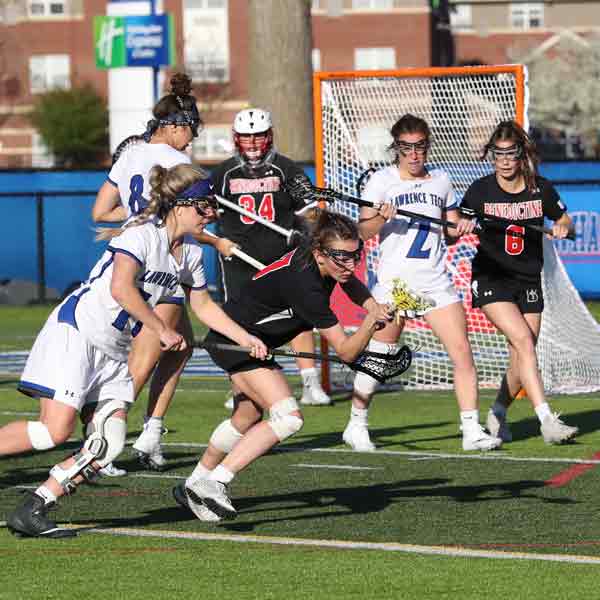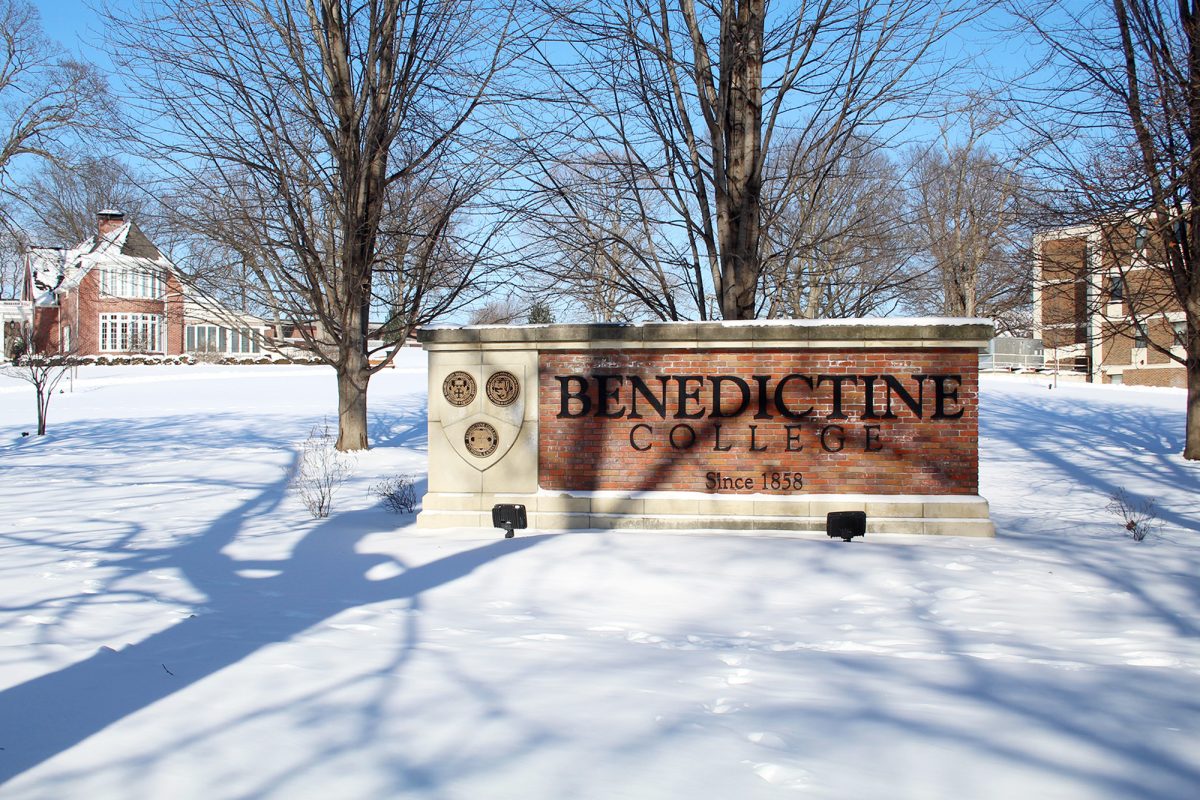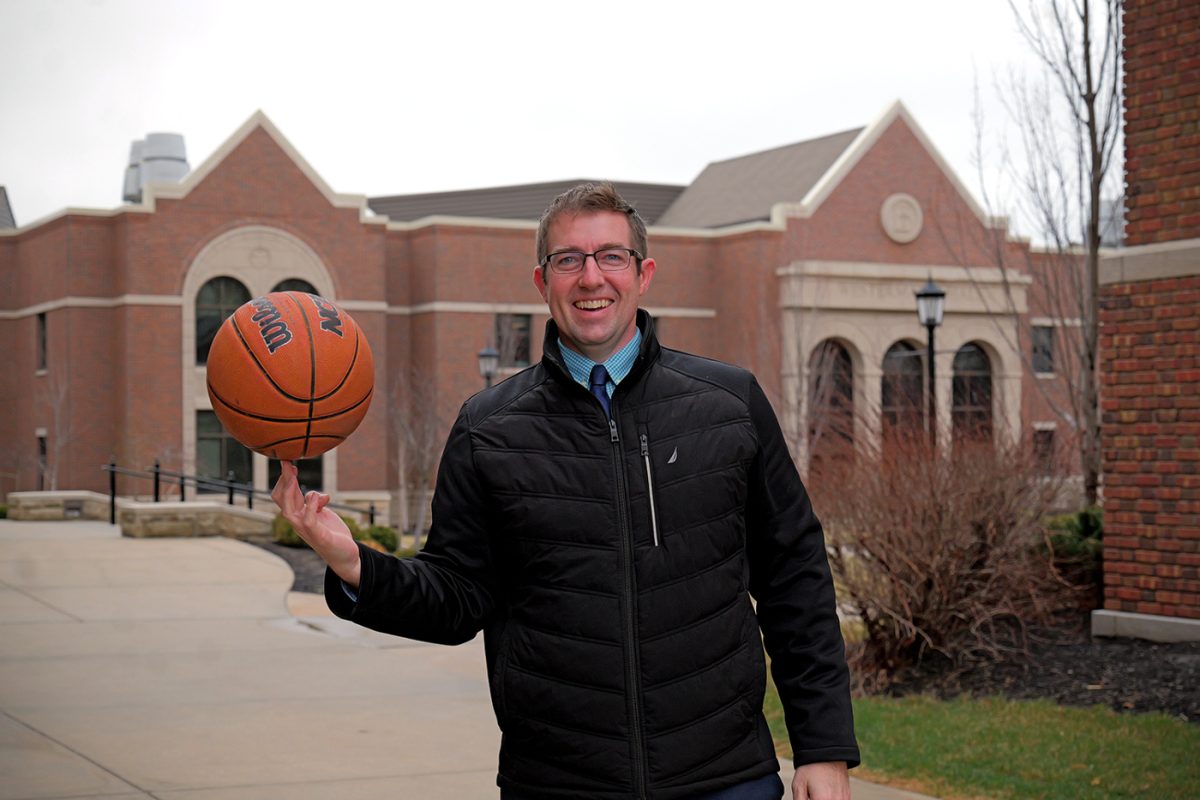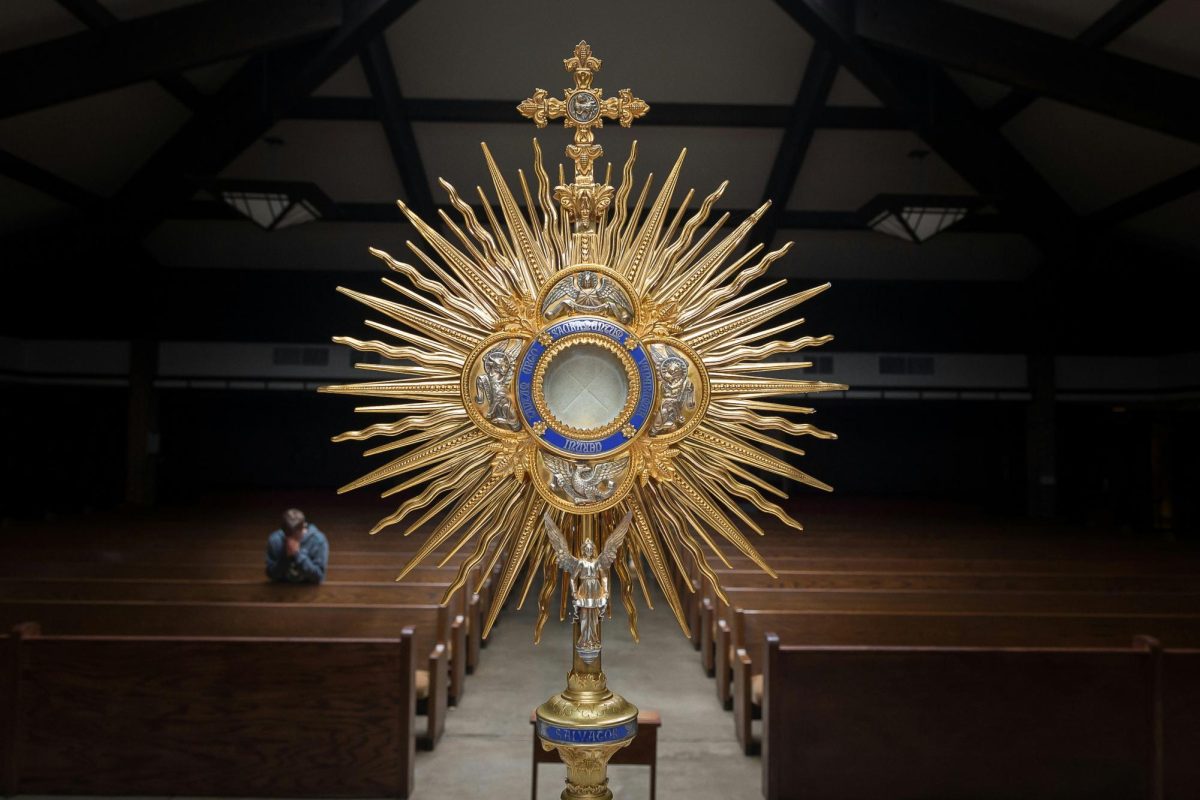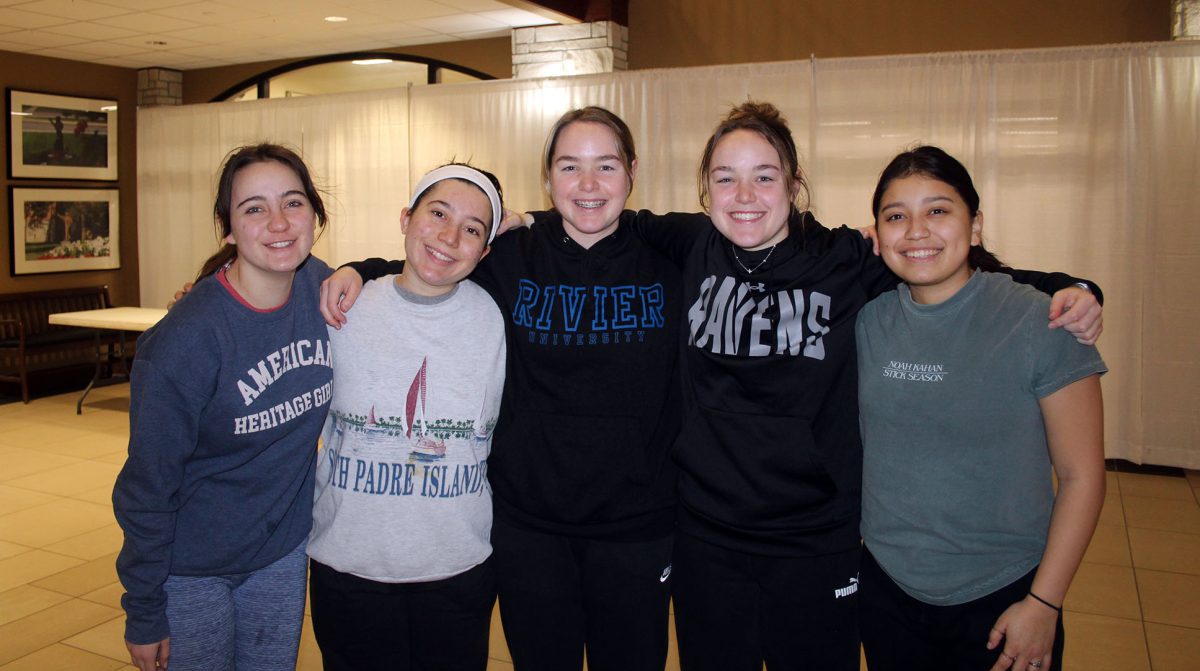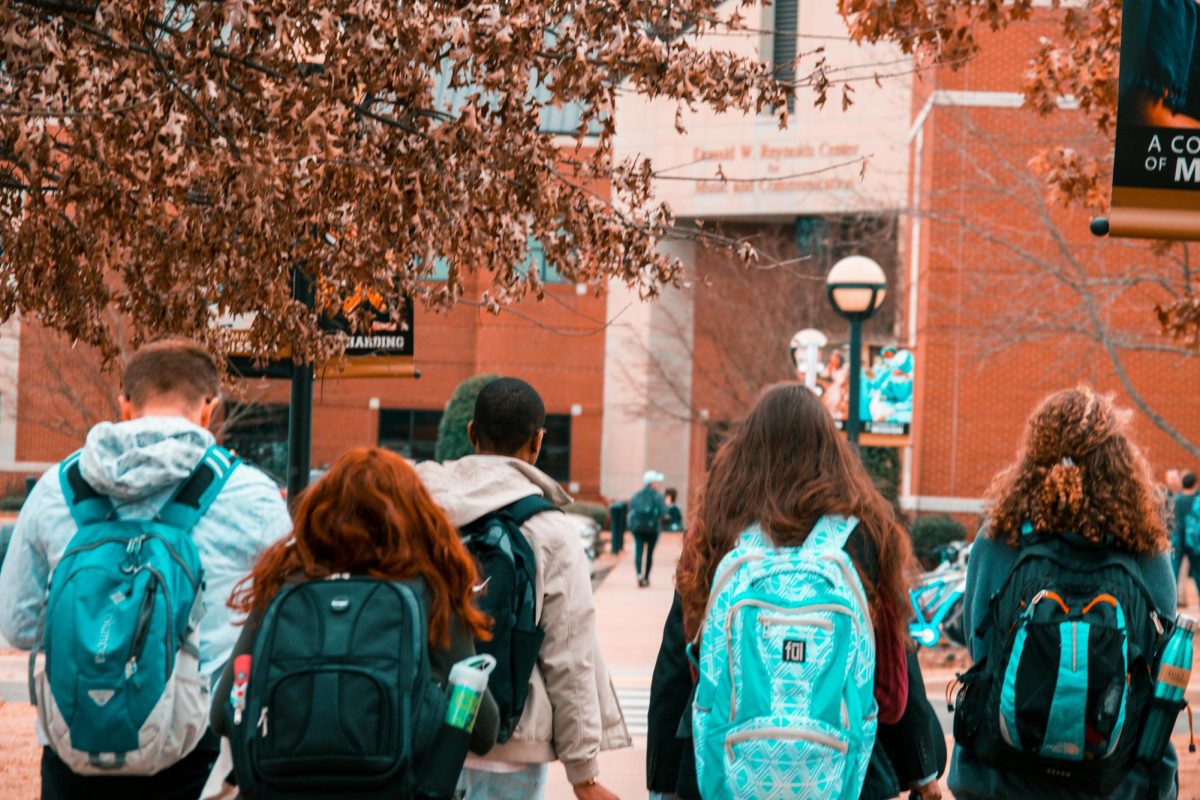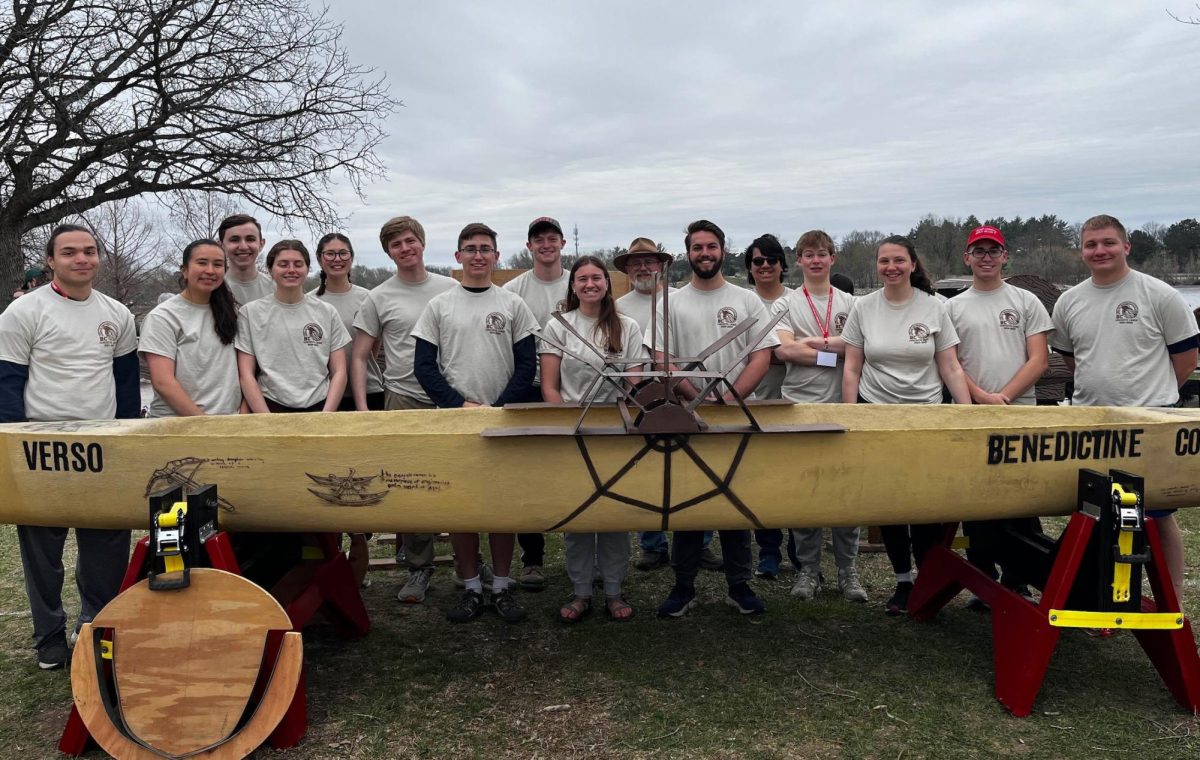As a residential college, Benedictine’s classes are primarily in-classroom interactions between students and instructors. However, with the COVID–19 pandemic closing campuses nationwide, even Benedictine’s instructors are turning to online formats to continue classes.
Benedictine’s instructors are used to live synchronous classes and have had to change the class formats and schedules to continue teaching. Some have had a harder time than others.
Philosophy Department Chair Dr. Jean Rioux says he has not had too hard a time adapting to the closed campus.
“For the last ten years, I have been teaching an online college credit class to high schoolers, so I was aware of how online classes work,” Rioux said. “I’ve had to mix between synchronous and asynchronous classes. So far, it’s going well.”
There are two methods of online classes. One option is asynchronous classes, where the instructor records a lecture and sends it out to their class. Another option is synchronous classes, where the instructor and the class will meet for a live lecture.
Rioux is practicing both options for different classes. Despite adapting to the unforeseen ending to the semester, he expressed eagerness to return to the classrooms at Benedictine.
Other instructors have found it a little more difficult to move to online classes.
Dr. Susan Traffas of the political science department has found the switch a little more difficult.
“I thought this whole Coronavirus thing was horrible. When they closed the campus I thought, well, I’m Zooming,” Traffas said.
So far, Traffas has tried to maintain synchronous classes, which she believes is easier for students and instructors to remain on track and to keep up with their course material.
The challenge for some has been based on what subject is taught.
John Haigh, assistant professor of architecture in the art department, has been teaching classes synchronously but is apprehensive about teaching online.
“The students I teach are very polite and gracious and tend, on average, to want to express the best about what we are all attempting,” Haigh said. “We are in this together, so we like to say that things are going well, considering. But there’s a personal disconnect to all this that I think is ultimately unhealthy for the instructor-student relationship.”
One difficulty arises in the nature of Haigh’s classes.
“With this detached form of teaching, I am removed from the physical observation of a student’s techniques. Also, usually in drawing and design studios, I get a sense for the amount of time each student puts into his or her work,” Haigh said. “Hands-on studio courses such as drawing and architectural studio do not naturally lend themselves to remote observance and execution.”
According to Rioux, Haigh is not the only instructor who is uncomfortable with the online class format.
“It really runs the range,” Rioux explained. “Most of the people on this floor have said, six feet apart, of course, that this is not how instruction is supposed to be done.”
Haigh believes that the instructors who have the most problems are those who teach hands-on studio courses or labs.
“Of course, colleagues who need to run labs or studios, in other words, teach hands-on observation and performance-based techniques, have a more difficult time with the changed parameters than colleagues who conduct primarily lecture-based material,” Haigh said.
Traffas included her belief that her colleagues have done their best to meet the needs of their students.
“[Closing campus] it’s not an ideal situation, and everyone has the same impressions. Everybody is doing what they can to keep up,” Traffas said.


